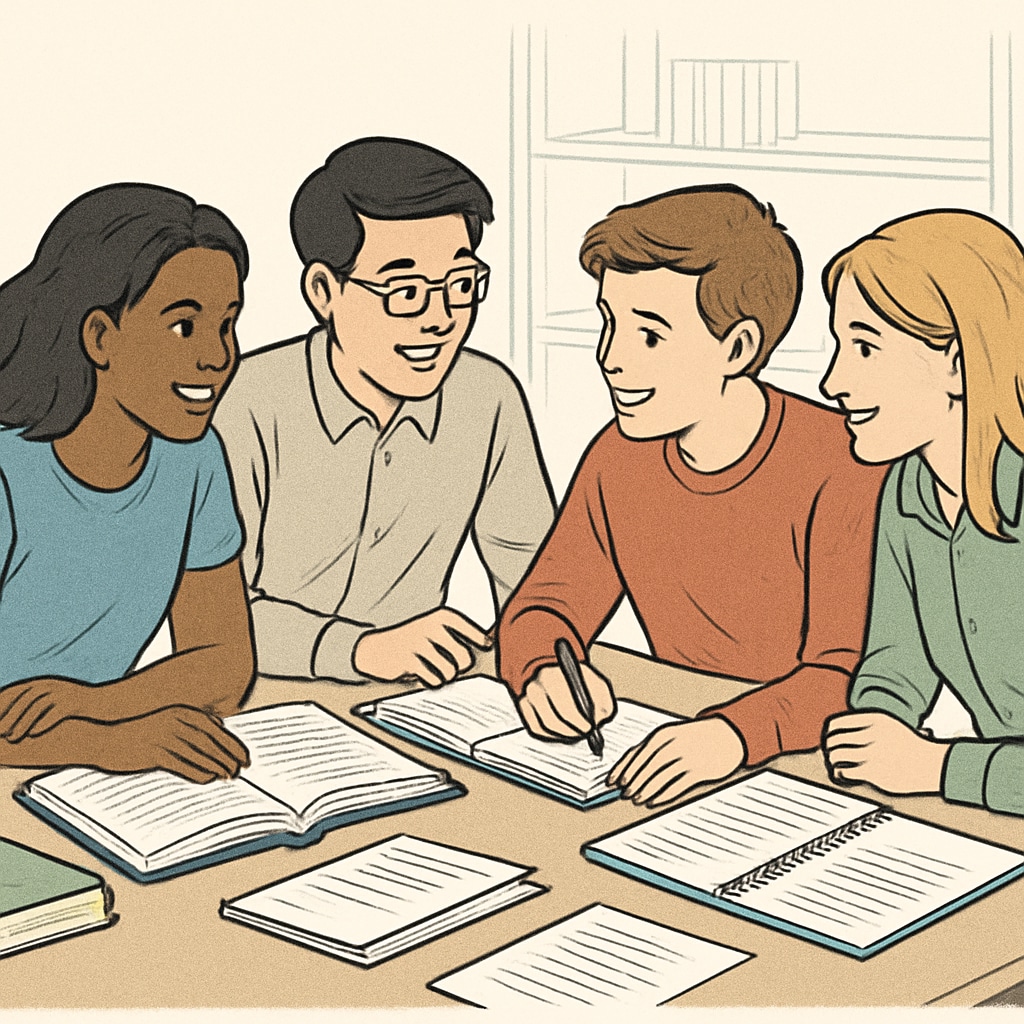Pursuing a medical dream is no small feat, especially when compounded by learning challenges. For one determined K12 student, this journey has been anything but ordinary. This story explores the struggles faced by students with learning difficulties, the educational hurdles they must overcome, and the strategies that can help them achieve their goals. It also emphasizes the importance of individualized support, collaboration between schools and families, and building mental resilience.
Understanding the Intersection of Learning Challenges and Ambitious Goals
For many students with learning difficulties—such as dyslexia, ADHD, or processing disorders—academic success often feels like climbing a steep hill. Add to that the aspiration of entering the highly demanding field of medicine, and the challenge can seem insurmountable. These students face not only the usual academic pressures but also the stigma and systemic barriers that come with their conditions.
Many educational systems are not equipped to handle the unique needs of students with learning challenges. For example, traditional teaching methods may not cater to diverse learning styles, leaving such students feeling left behind. This can lead to frustration, low self-esteem, and even the abandonment of their dreams.

The Role of Support Systems in Overcoming Educational Barriers
Success for students with learning difficulties often hinges on the support they receive. Individualized support plans, such as IEPs (Individualized Education Programs), can play a critical role in addressing specific needs. These programs are designed to help students leverage their strengths while managing their weaknesses.
Parental involvement is another essential component. Parents who advocate for their children’s needs and work closely with schools can help bridge gaps in the education system. Additionally, teachers trained in special education can make a significant difference by employing adaptive teaching methods and offering emotional support.
- Use of assistive technology, such as text-to-speech tools, to aid comprehension
- Breaking tasks into smaller, manageable steps
- Providing extended time for tests and assignments
These accommodations not only help students cope but also empower them to believe in their potential. For example, IEPs, as outlined by Britannica, are tailored plans that ensure students receive the resources they need to succeed.
Mental Resilience: A Key to Staying the Course
While external support is vital, internal resilience is equally important. Students with learning difficulties often need to build a robust sense of self-worth and determination. This can be achieved through strategies such as mindfulness, positive reinforcement, and setting realistic goals.
One inspiring story involves a K12 student who, despite struggling with dyslexia, aspired to become a doctor. By focusing on small, achievable milestones—such as mastering medical terminology one word at a time—the student gradually built confidence. Encouragement from teachers and peers also played a significant role in maintaining motivation.

Moreover, fostering a growth mindset—a belief that abilities can be developed through effort—can help students view challenges as opportunities for growth. As explained on Wikipedia, this mindset is particularly effective in overcoming perceived limitations.
Looking Ahead: Turning Challenges into Opportunities
The story of this K12 student serves as a powerful reminder that learning challenges do not have to define a person’s potential. With the right support, determination, and mindset, even the most ambitious dreams, like pursuing a medical career, can become reality.
For educators, this means adopting more inclusive practices and recognizing the diverse abilities of their students. For families, it means being advocates and cheerleaders for their children. And for the students themselves, it means embracing their unique journeys and never giving up on their dreams.
By addressing these educational challenges with empathy and creativity, we can ensure that every student has the opportunity to succeed—regardless of the obstacles they face.
Readability guidance: The article is divided into clear sections with short paragraphs and lists to enhance readability. Transition words are used throughout to ensure a smooth flow. The emphasis remains on active voice and concise sentences, making the content engaging and accessible.


